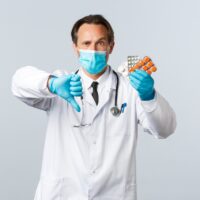Most Common Types of Medical Malpractice

Medical malpractice is one of the leading causes of preventable deaths in the United States. Experts estimate that as many as 225,000 people die every year from some form of medical malpractice. Read on for a discussion of the most common types of malpractice committed by medical professionals in New York and nationwide, and call a zealous New York medical malpractice lawyer if you or a loved one has been hurt by a negligent healthcare provider in the Hudson Valley.
Misdiagnosis or Failure to Diagnose
Doctors are often overworked, overstretched, and under-rested. These factors lead to mistakes. Doctors may fail to conduct routine tests because they forget, or because they do not want to go through the hassle. Doctors might miss certain signs or symptoms, or they could mistake those symptoms for some other problem. If a doctor fails to diagnose your illness or injury, then the ailment might fester and become much more harmful. A misdiagnosis can be just as dangerous, if not more so: You might be given the wrong drugs or other treatments while still being kept from the proper course of treatment. Any side effects or additional harm you suffer because of the misdiagnosis are chargeable to the physicians who failed you.
Surgical Errors
The most classic form of medical malpractice is an error committed during surgery. Patients can be harmed when a surgeon makes a harmful mistake during the surgery, when a surgeon leaves an object behind inside a patient (a far more common occurrence than many people realize), when the wrong body part or even the wrong patient receives the surgery, or when a patient is not given proper treatment during recovery. Surgical errors are common and extremely dangerous.
Prescription Errors
There are a variety of ways in which prescription errors can occur, including:
- Prescribing or giving a patient the wrong medicine
- Prescribing or giving a patient the wrong dosage
- Failing to fully disclose the known side effects to the patient
- Failing to take into account the patient’s medical history or other medication before prescribing
Prescription errors can be committed by treating doctors, nurses, pharmacists, or drug manufacturers. All responsible parties should be held accountable for any harm you suffer as a result.
Delayed Diagnosis
Even if a doctor eventually realizes their mistake and gives you a correct diagnosis, the delay can be costly. Your illness or injury is likely to get worse over time, making recovery much more difficult, expensive, and time-consuming, if a full recovery is even possible. A delayed diagnosis can be just as much of a death sentence as a misdiagnosis, depending on how long it takes for the same doctor or another medical professional to get it right.
Anesthesia Errors
When you go in for surgery, it is of vital importance to have a qualified, careful anesthesiologist administer your anesthesia. Too little anesthesia can lead you to awaken or otherwise feel pain during the surgery, which can be excruciating and traumatizing in its own right as well as increase the likelihood of surgical errors. Too much anesthesia can lead to brain damage, coma, or death. The wrong anesthesia, such as a drug that has a bad interaction with other drugs you have been given or prescribed, can also have deadly consequences.
If you or someone you care about has suffered from medical malpractice in New York, find out if you have a right to compensation for your injuries by contacting the dedicated and effective Hudson Valley personal injury lawyers at Rusk, Wadlin, Heppner & Martuscello, LLP for a free consultation at 845-331-4100 (Kingston) or 845-236-4411 (Marlboro).

